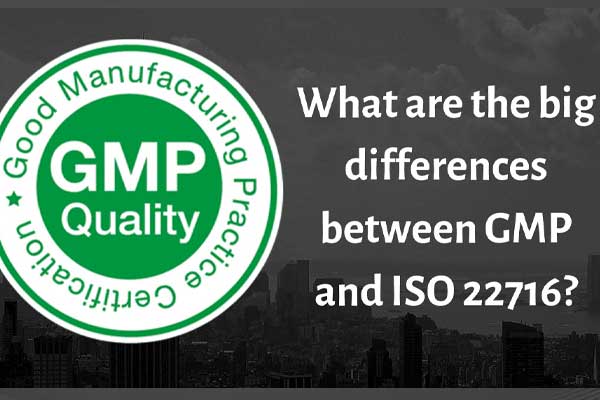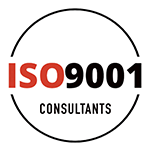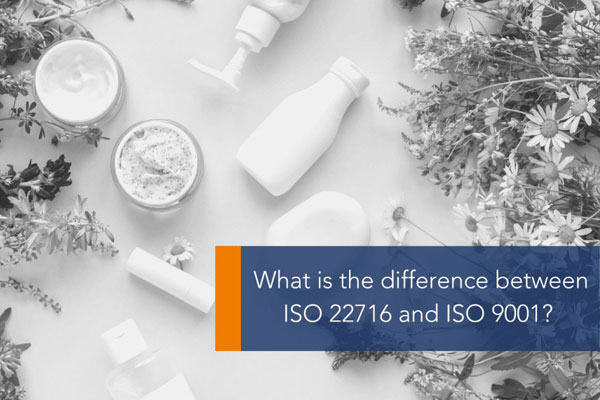Many people get confused between ISO 9001 and ISO 22716 because they both create benefits such as enhanced compliance, accessibility to new markets and integration of best practices into operations. To clear your doubts, we have written this article that differentiates between ISO 9001 and ISO 22716. Let us begin.
What is ISO 22716?
The ISO 22716 standard lays out the Good Manufacturing Practices (GMP) for cosmetic products, aiming to promote regulations and standardisation. The guideline was created because of the vast discrepancies and irregularities in the cosmetic industry, emphasising the need for standardisation. Additionally, guidelines were needed as cosmetic products often utilise ingredients that can be hazardous. The ISO 22716 standard puts a magnifying glass on all these questionable practices, assisting organisations instead to use GMP so that the products are safe, reliable and functional.
There is great emphasis on the quality of the products, and the focus is on the end-user, helping organisations increase their traceability in accountability in both distribution and production processes. When a company becomes ISO 22716 certified, they showcase its commitment to safety, excellence and quality. The main objective of the standard is to ensure that businesses comply with international standards and European cosmetic regulation requirements. This helps the cosmetic company add credibility to their brand, allowing them to enter the European market and survive domestically.

ISO 22716 guidelines
ISO 22716 urges companies to put in place different measures to adhere to GMP and mitigate any non-conformance. These measures include:
- Staff: Employees should belong to a cohesive structure where every staff member knows their responsibility for the production, storage, control or shipment of the cosmetic products.
- Premises: Specific measures should be put in place to ensure that the environment or the premises are maintained to reduce product contamination.
- Raw materials: Suppliers should be selected based on specific quality criteria.
- Equipment: Equipment should be maintained clean and sanitised, promoting stability and reducing the risk of contamination.
- Waste: Companies must define the type of waste generated during the production of the products and adopt methods to control excess waste streams.
- Manufacturing: The company should provide a summary of the production process to determine quality control areas, examine the safety and cleanliness of the area, and find methods to reduce the risk of contamination.
- Finished products: The finished products should specify the industry’s quality standards.
- Internal audits: The organisation must conduct ISO 9001 internal audit to check the efficiency of processes and ensure that the GMP standards are appropriately implemented as per ISO 22716 guidelines.
- Documentation: All activities regarding the control, production, storage and shipment of cosmetic products should be appropriately documented in a structured system.
What is ISO 9001?
ISO 9001 is the beloved standard that helps organisations implement an effective quality management system that allows them better brand recognition, more significant profits, higher customer satisfaction rates, quality control and access to international markets. The standard is exceptionally malleable, making it applicable to organisations of different sectors.
ISO 9001 guidelines
ISO 9001 motivates companies to implement the seven quality management principles, including:
- Customer focus: Organisations must put in place a specific system to go through all customer feedback and inculcate a customer-first environment in their business.
- Process approach: A separate yet interconnected process should be created for every quality objective.
- Leadership commitment: The top management must showcase their accountability by providing the staff with adequate resources, developing a quality policy that is fit for purpose and conducting internal audits.
- Employee engagement: Regular inputs from the employees should be taken.
- Evidence-based decision-making: Guesswork should be removed from decision-making, and managers should only rely on data derived from internal audit or key performance indicators.
- Relationship management: Companies must improve the relationship with their vendors and suppliers by sharing insightful data, plans or evidence.
- Continual improvement: Employees must constantly try to improve the efficiency of their processes.

Difference between ISO 22716 and GMP
The GMP is only one subset of the standard, where the standard gives more directives to help cosmetic companies understand what it takes to improve their operational capabilities. Moreover, as an ISO standard, ISO 22716 allows more room for flexibility with its guidelines, whereas GMP is mandatory.
Difference between ISO 22716 and ISO 9001
ISO 9001 is meant to be flexible and applies to any organisation, irrespective of the size, business model, structure, service/product, personnel or complexity, whereas ISO 22716 is specifically for organisations that produce cosmetic products. The focus of ISO 9001 is a Quality Management System (QMS), whereas the focus of ISO 22716 is GMP. The areas where the two standards are similar include staff, engagement, vendor relationship management and the focus on the end user.
Some experts claim that ISO 22716 used inspiration from ISO 9001, further modifying the requirements to suit the unique needs of cosmetic companies.
Also read “What is quality assurance ?”
Conclusion
ISO 22716 outlines general manufacturing practices for cosmetic companies, allowing their products to be safe, compliant, reliable and functional. ISO 9001 is more flexible, helping products and services of any sector become more suited to the unique needs of their customers.








Users Comments
Get a
Quote